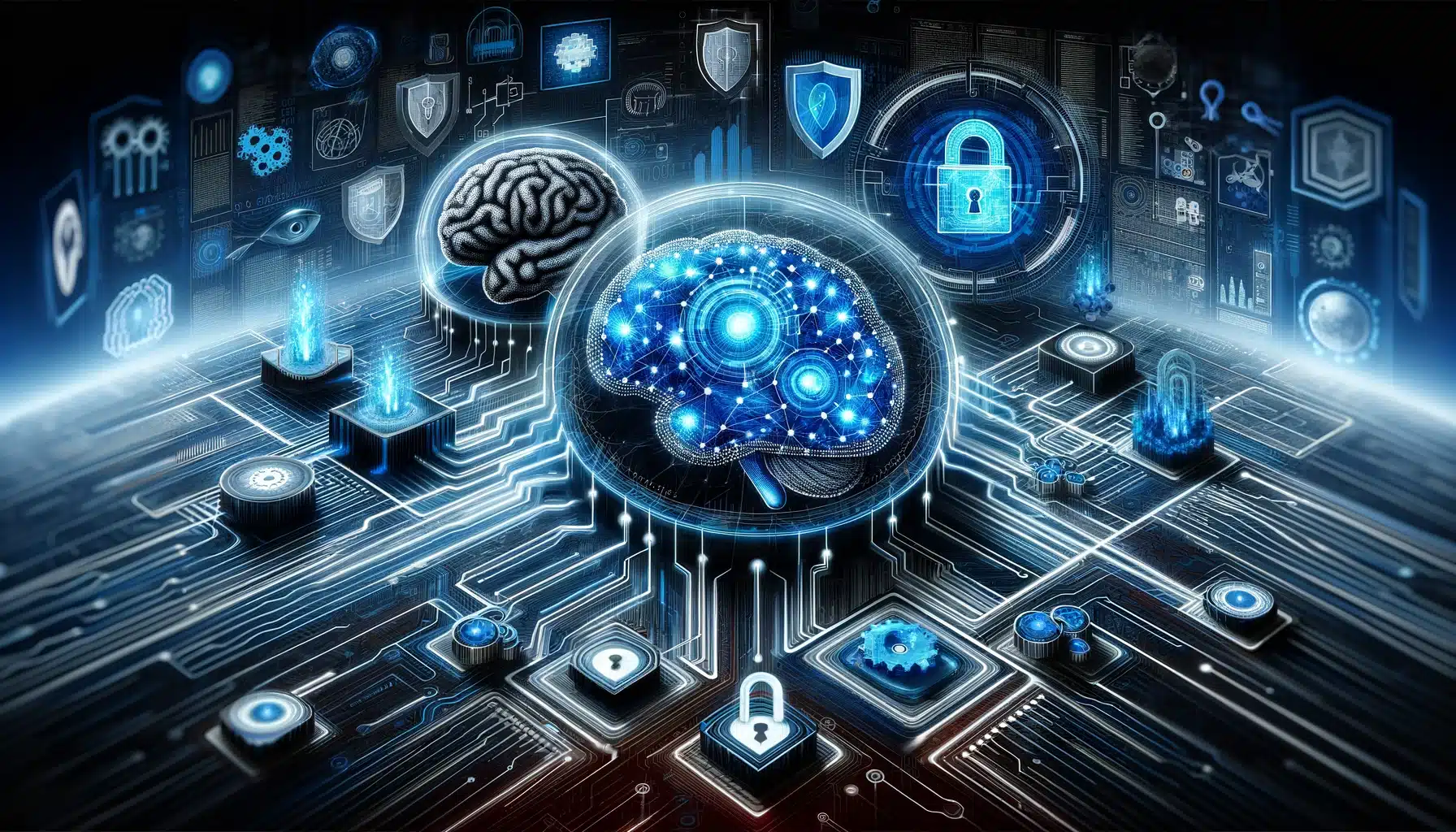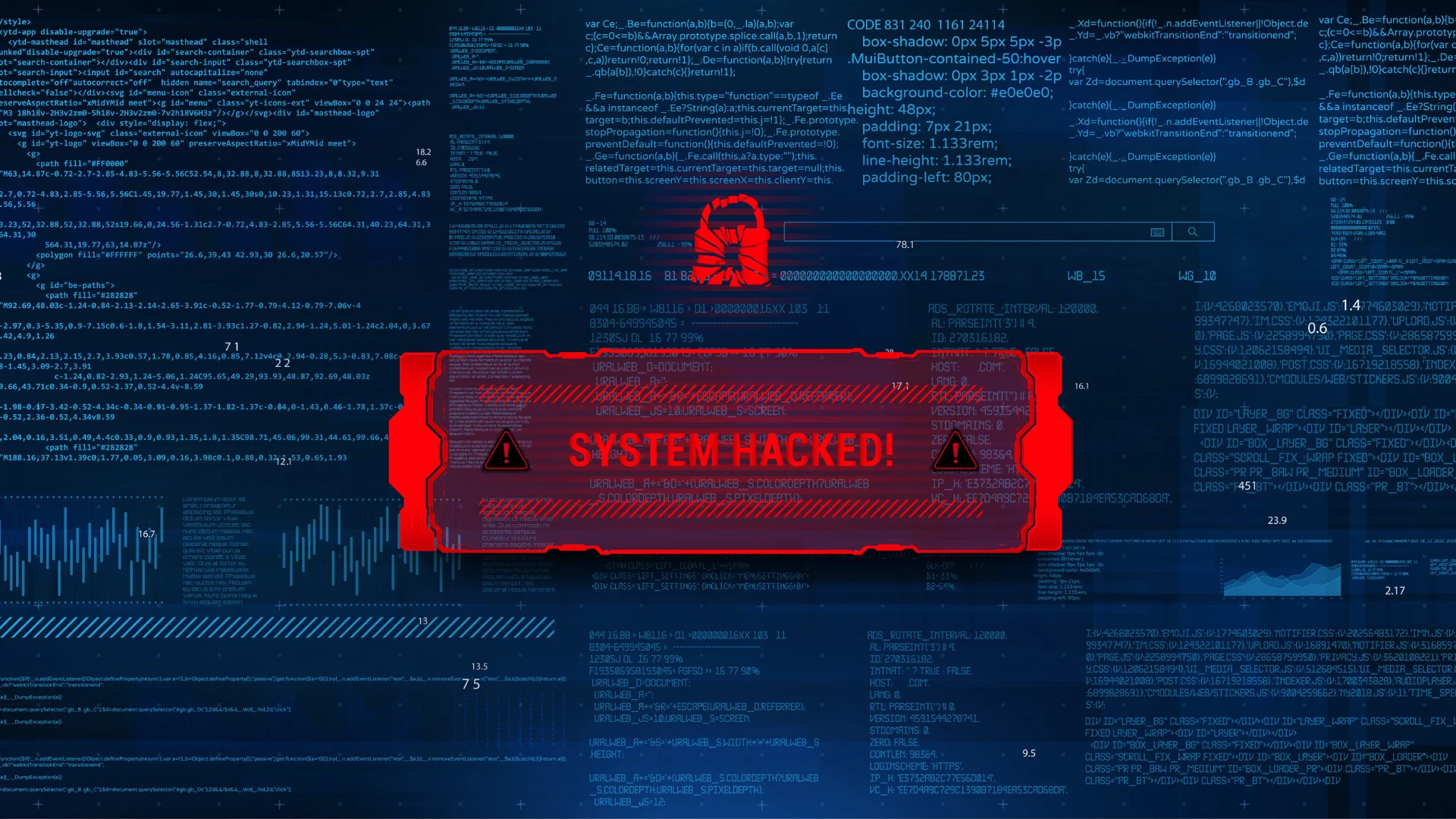The democratization of AI is a game-changer in the world of cyberattacks. Now more than ever, bad actors can easily manipulate the power of AI to automate and advance attacks. On the other side, organisations are facing the challenge of safeguarding their own AI systems against cyber threats. Recognising this, the UK’s National Cyber Security Centre (NCSC), in collaboration with the U.S. Department of Homeland Security’s Cybersecurity and Infrastructure Security Agency (CISA) and 21 other international agencies, recently unveiled groundbreaking guidelines for secure AI system development.
The Imperative of Secure AI Development
The intersection of AI and cybersecurity is not merely a technical concern but a strategic imperative for organisations globally. These new guidelines, a first of their kind, offer a comprehensive framework to ensure AI systems are developed with cybersecurity at their core. This approach is crucial as AI systems are integrated into critical sectors, from healthcare to finance, impacting not only organisational operations but also national security and public welfare.
Four Pillars of Secure AI
The guidelines pivot around four key areas: secure design, secure development, secure deployment, and secure operation and maintenance. Each sector encompasses considerations and mitigations to reduce cybersecurity risks at every stage of the AI system’s lifecycle. By embedding security in the DNA of AI systems, organisations can pre-emptively address vulnerabilities and build resilient, trustworthy systems.
A Response to the AI Revolution
AI’s rapid development necessitates a proactive and collaborative international response. Lindy Cameron, CEO of the NCSC, emphasises the need for a global understanding of AI’s cyber risks and mitigation strategies. Ensuring security is not an afterthought but a foundational requirement throughout the development process is pivotal for harnessing AI’s potential safely and confidently.
“We know that AI is developing at a phenomenal pace and there is a need for concerted international action, across governments and industry, to keep up.
These guidelines mark a significant step in shaping a truly global, common understanding of the cyber risks and mitigation strategies around AI to ensure that security is not a postscript to development but a core requirement throughout.
I’m proud that the NCSC is leading crucial efforts to raise the AI cyber security bar: a more secure global cyber space will help us all to safely and confidently realise this technology’s wonderful opportunities.”
NCSC CEO Lindy Cameron
The Role of Organisations in AI Security
The responsibility for AI security extends beyond government agencies. Organisations must integrate these guidelines into their AI development processes. This includes adopting ‘secure by design’ principles, which Michelle Donelan, the UK Secretary of State for Science, Innovation and Technology, advocates as essential for mitigating risks at every development stage.
“I believe the UK is an international standard bearer on the safe use of AI. The NCSC’s publication of these new guidelines will put cyber security at the heart of AI development at every stage so protecting against risk is considered throughout.
Just weeks after we brought world-leaders together at Bletchley Park to reach the first international agreement on safe and responsible AI, we are once again uniting nations and companies in this truly global effort.
In doing so, we are driving forward in our mission to harness this decade-defining technology and seize its potential to transform our NHS, revolutionise our public services and create the new, high-skilled, high-paid jobs of the future.”
Science and Technology Secretary Michelle Donelan
Global Efforts and Future Directions
These guidelines align with broader efforts to promote safe and secure AI technologies. For instance, an executive order issued by U.S. President Biden in October 2022 directed the DHS to advance the adoption of AI safety standards globally, addressing various challenges from protecting critical infrastructure to preventing AI-enabled weapons of mass destruction.
Embracing a Secure AI Future
As AI continues to reshape our world, securing AI systems is not just about protecting technology but about safeguarding our future. The NCSC’s guidelines provide a roadmap for organisations to navigate this new terrain. By prioritising cybersecurity in AI, we can confidently embrace the opportunities AI presents, knowing that we are equipped to mitigate its risks.
This blog and image were generated by AI. Want to find out how you can use AI as part of your cybersecurity defence? Read our guide to the State of AI in Cybersecurity.






